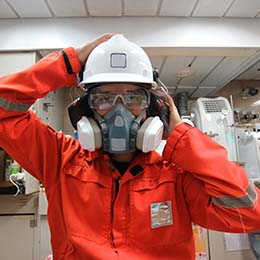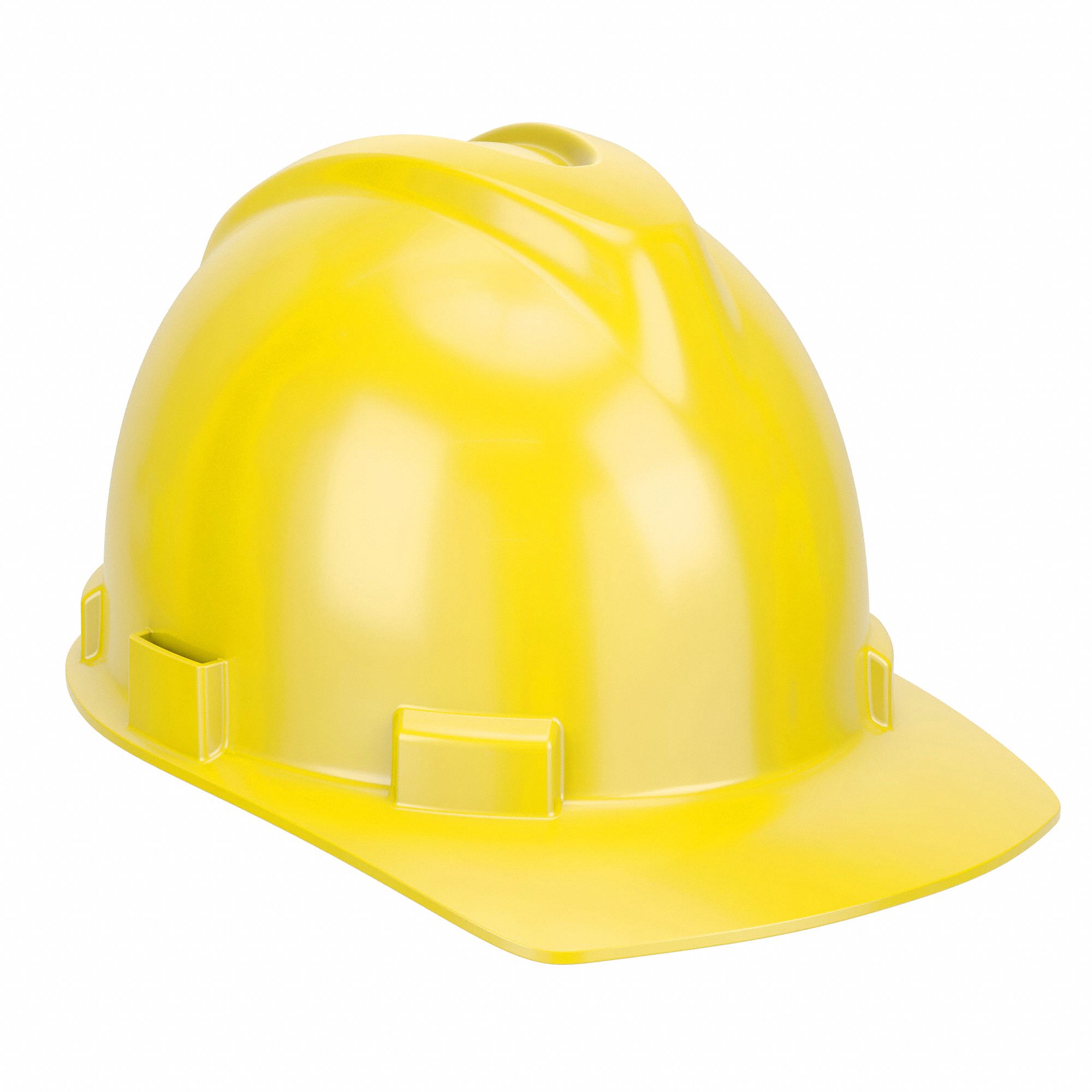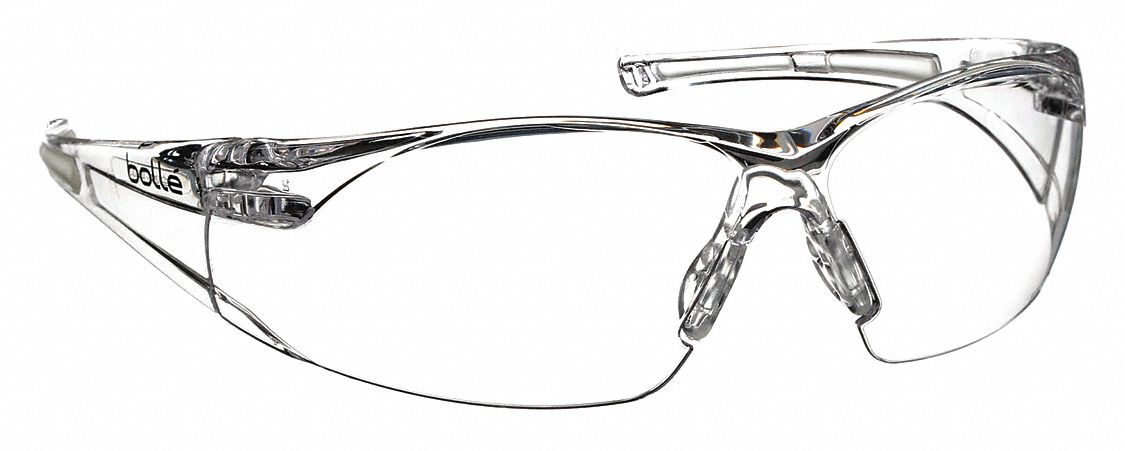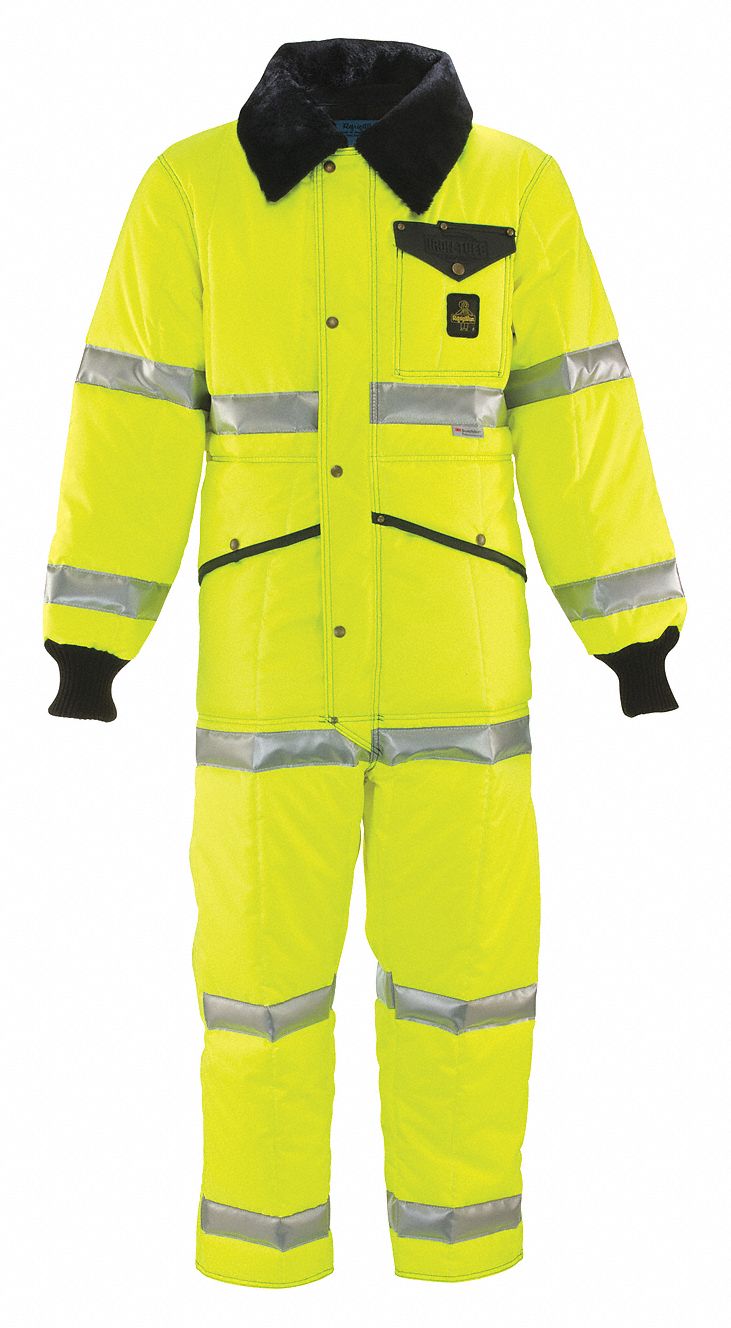

Top 10 OSHA Violations: 2023
By Grainger Editorial Staff 10/25/23
Three of the four most cited OSHA standards for fiscal year 2023 are related to working at heights, including the perennial leader.
Preliminary top 10 data for the year ending Sept. 29, 2023 was presented at the National Safety Council's 2023 Safety Congress and Expo in New Orleans. Fall Protection - General Requirements was the most cited standard for the 13th consecutive year, with a 23-percent increase in the number of violations compared to 2022.
Citations related to Ladders ranked third and Scaffolding fourth.
Despite some changes in order, the top 10 remained the same from 2022. However, those 10 standards accounted for 20 percent more citations than in 2022. Each of the top 10 were cited more often, even Respiratory Protection, which fell from third to seventh.
The full list of the 2023 OSHA Top 10 violations is below.
| OSHA Standard | FY 2023 | Previous Year | Related KnowHow |
|---|---|---|---|
|
1. Fall Protection – General Requirements (1926.501) |
7,721 |
No. 1 with 5,980 Violations |
|
|
2. Hazard Communication (1910.1200) |
3,213 |
No. 2 with 2,682 Violations |
|
|
3. Ladders (1926.1053) |
2,978 |
No. 4 with 2,430 Violations |
|
|
4. Scaffolding (1926.451) |
2,859 |
No. 5 with 2,285 Violations |
|
|
5. Powered Industrial Trucks (1910.178) |
2,561 |
No. 7 with 1,922 Violations |
|
|
6. Lockout/Tagout (1910.147) |
2,554 |
No. 6 with 2,175 Violations |
|
|
7. Respiratory Protection (1910.134) |
2,481 |
No. 3 with 2,471 Violations |
|
|
8. Fall Protection – Training Requirements (1926.503) |
2,112 |
No. 8 with 1,778 Violations |
|
|
9. Personal Protective and Life Saving Equipment – Eye and Face Protection (1926.102) |
2,074 |
No. 9 with 1,582 Violations |
|
|
10. Machine Guarding (1910.212) |
1,644 |
No. 10 with 1,488 Violations |
|

Safety Management
6 Tips to Help Prevent Slips, Trips and Falls
Identify the fall hazards in your workplace and implement a fall safety program. Check out these tips from Grainger so you can mitigate risk.
![]() Our Latest KnowHow
Our Latest KnowHow
The information contained in this article is intended for general information purposes only and is based on information available as of the initial date of publication. No representation is made that the information or references are complete or remain current. This article is not a substitute for review of current applicable government regulations, industry standards, or other standards specific to your business and/or activities and should not be construed as legal advice or opinion. Readers with specific questions should refer to the applicable standards or consult with an attorney.

























